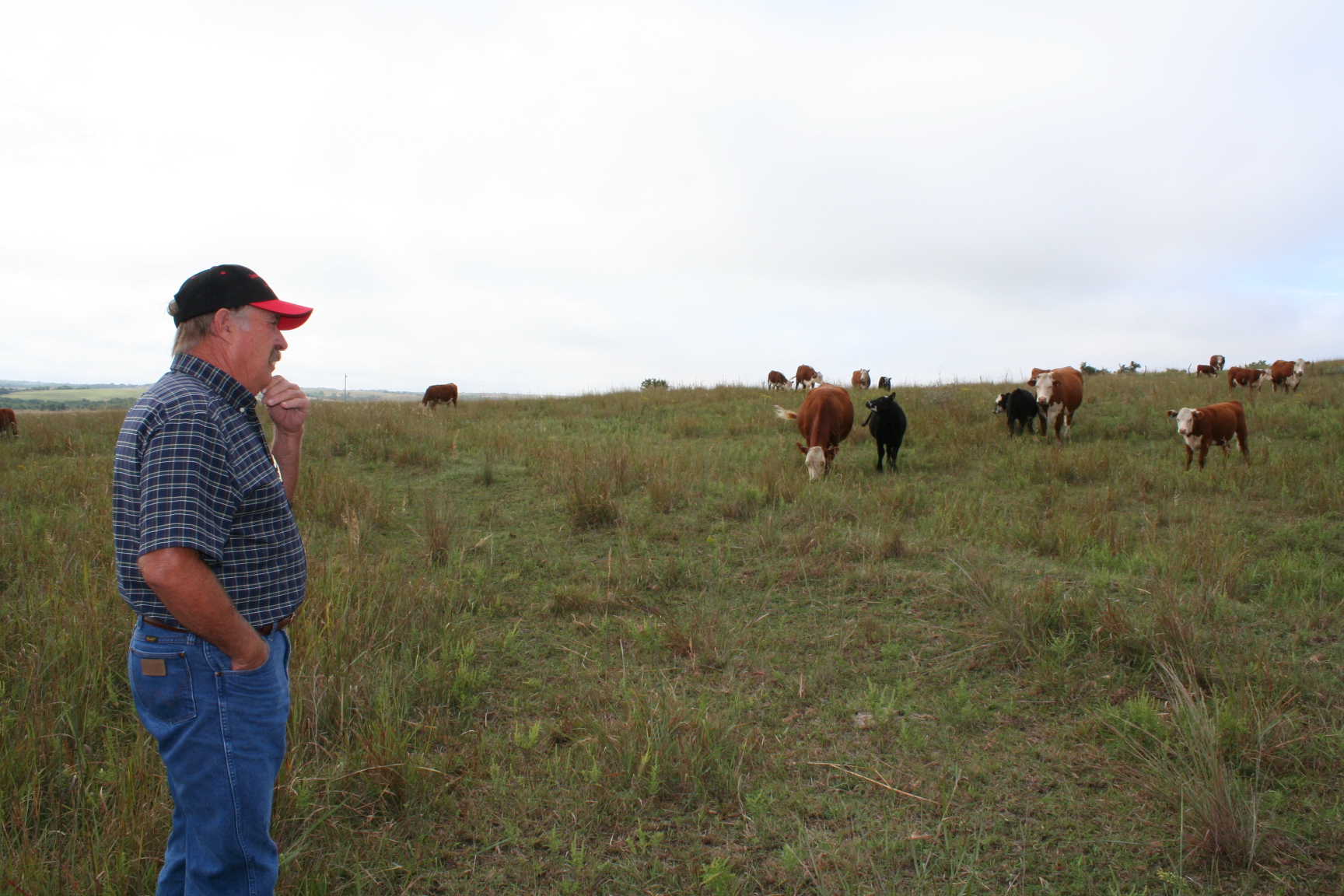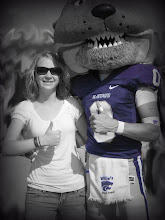Hereford producers find significance in functional cattle
 Peacefully grazing the gently sloping hills near Concordia, KS is what appears to be a typical herd of Hereford cattle. To the common eye they are nothing more than livestock, but to the Swenson family they are a cherished product of careful evaluation and strategy. Although humble in a pasture they are sought to be sound in form, efficiently functional and the result of generations of hard work and passion.
Peacefully grazing the gently sloping hills near Concordia, KS is what appears to be a typical herd of Hereford cattle. To the common eye they are nothing more than livestock, but to the Swenson family they are a cherished product of careful evaluation and strategy. Although humble in a pasture they are sought to be sound in form, efficiently functional and the result of generations of hard work and passion.It all began when Emil and Carl Swenson purchased their first Hereford females and established Swenson Brothers Herefords in 1934. From there, the operation grew and yearly production sales were held until the late 1980’s. “Back then, we were only selling two year old bulls, but the demand that year had buyers coming back to the farm after the sale to purchase yearlings, and from then on, we sold the bulk of our bulls by private treaty on the ranch,” said Richard Swenson. The family will celebrate 75 years in the Hereford business next year with many more to be continued on by Richard and Denise Swenson and their three sons; Ryan, Kevin and Ben.
The Swenson’s adopted the teachings of Dr. Jan Bonsma, a South African scientist who toured the U.S. and wrote the book “Man Must Measure”. As a researcher, Bonsma is internationally famed for his knowledge of the relationship of cattle to their environment and to each other. The book, which went out of print in 1983, outlines beef animal growth characteristics, environmental impacts and fertility, among other traits Bonsma taught the utilization of linear measurements of cattle to predict maternal function, growth and performance in various seminars and lectures.
“My dad attended a lecture and demonstration at K-State given by Dr. Bonsma, and was very impressed with his knowledge and understanding of function and fertility of cattle and how animals relate to their environment,” Richard Swenson said. “By studying an animal, he could easily visualize its functional efficiency and fertility.”
This philosophy has been paramount to the strategy of Swenson Herefords that form follows function. “The physical structure of the cow is a major determining factor of calving difficulty,” Richard Swenson said. “Our cattle are bred to have the skeletal structure for ease of calving. A functional cow has an angular body shape that allows her to be able to travel in pastures and produce calves for many years. The longevity of a cow has an effect on the profitability of a cow herd.”
Particular traits are more easily visible when evaluating the cattle that follow Bonsma. Females are designed to be feminine with an angular wedge with a rear girth larger than the fore girth. Bulls boast strong masculinity with crest and an opposite wedge where the fore girth is significantly larger than the rear girth. The logic behind the specifications is simple—sex character displayed in a good form follows good function, and bad form follows bad function.
“Our cattle have been put successfully back into purebred Hereford herds, as well as commercial herds whose breeders are looking to get more efficiency and maternal traits in their cattle,” Richard Swenson said. “We have had our cattle finished in both feedlots and on grass and have had excellent results with both.”
Swenson Herefords also follows a system of line breeding to improve herd consistency. “By line breeding, we decrease the genetic diversity of the gene pool, which allows positive traits to be more powerfully expressed,” Richard Swenson said. “The biggest problem with line breeding is that culling becomes much more important because both the good and bad traits are more greatly expressed in the cattle.”
L1 bloodlines from cattleman Gene Meitler has been the Swenson’s source of genetics since 1979. They have focused on and line bred their cattle around the legendary CH Domino 053 bull. Meitler also shares in the same Bonsma ideology that the Swenson’s strive to follow.
“They have stayed true to the principles in picking for maternal genetics and it shows,” Meitler said. “He stays tried and true to what he believes in—I don’t know anybody that has stayed the road better than he has. The Bonsma theories work very well when they’re applied properly. We’re both Bonsma disciples you might say.”
Meitler said that while these functional cattle offer buyers valuable traits, it does take a solid sales pitch. “It’s hard to sell this type of cattle at first, but once you make believers out of the customer they are lifetime customers because they realize there isn’t anywhere else they can find cattle like that,” Meitler said. “In the case of the line bred cattle, the customer gets major hybrid vigor-- whether they breed outside to other breeds or even within the Hereford breed.”
Swenson Herefords is also affiliated with Tallgrass Beef and the Jacob Alliance as
seed stock producers for their grass finish program. Their cattle have been ultra sounded for carcass traits for the last three years and fit Tallgrass Beef carcass requirements. This is one area that Kevin Swenson would like to develop more.
seed stock producers for their grass finish program. Their cattle have been ultra sounded for carcass traits for the last three years and fit Tallgrass Beef carcass requirements. This is one area that Kevin Swenson would like to develop more.
“Eventually, I would like for Tallgrass Beef to become a bigger portion of our bull sales. With the recent market volatility in the agriculture industry, I think the demand will change for more efficient cattle that can still make quality grades when slaughtered on fewer days on feed,” Kevin Swenson said. “This might be the niche that the Hereford producers should be targeting. If this trend continues our bull sales have the potential to really take off.”
Kevin, as well as the other sons, Ryan and Ben, are actively involved in the operation and plan to continue in the future. In fact the entire family has been involved with Hereford cattle in a multitude of different ways.
“Being a member of the Kansas Hereford Association has let us meet people from all over the state and from several neighboring states,” Kevin Swenson said. “We have gotten to know several families and made great friends over the years.”
Richard is a past president of the Kansas Hereford Association and is currently a board member. Denise has been the treasurer of the Kansas Hereford Women since 1991. The Swenson’s were also awarded the Golden Breeder Award by the American Hereford Association in 2004.
“There have definitely been some neat experiences we have gained,” Kevin Swenson said. “We also spent some
time showing at the annual state Hereford show where we competed against members from all over Kansas and nearly
every year we attend the Kansas Hereford tour. Hereford cattle have always been a part of my life and a part of our
family -- from a the time I was a kid up until now -- and I see that continuing in the future”



No comments:
Post a Comment